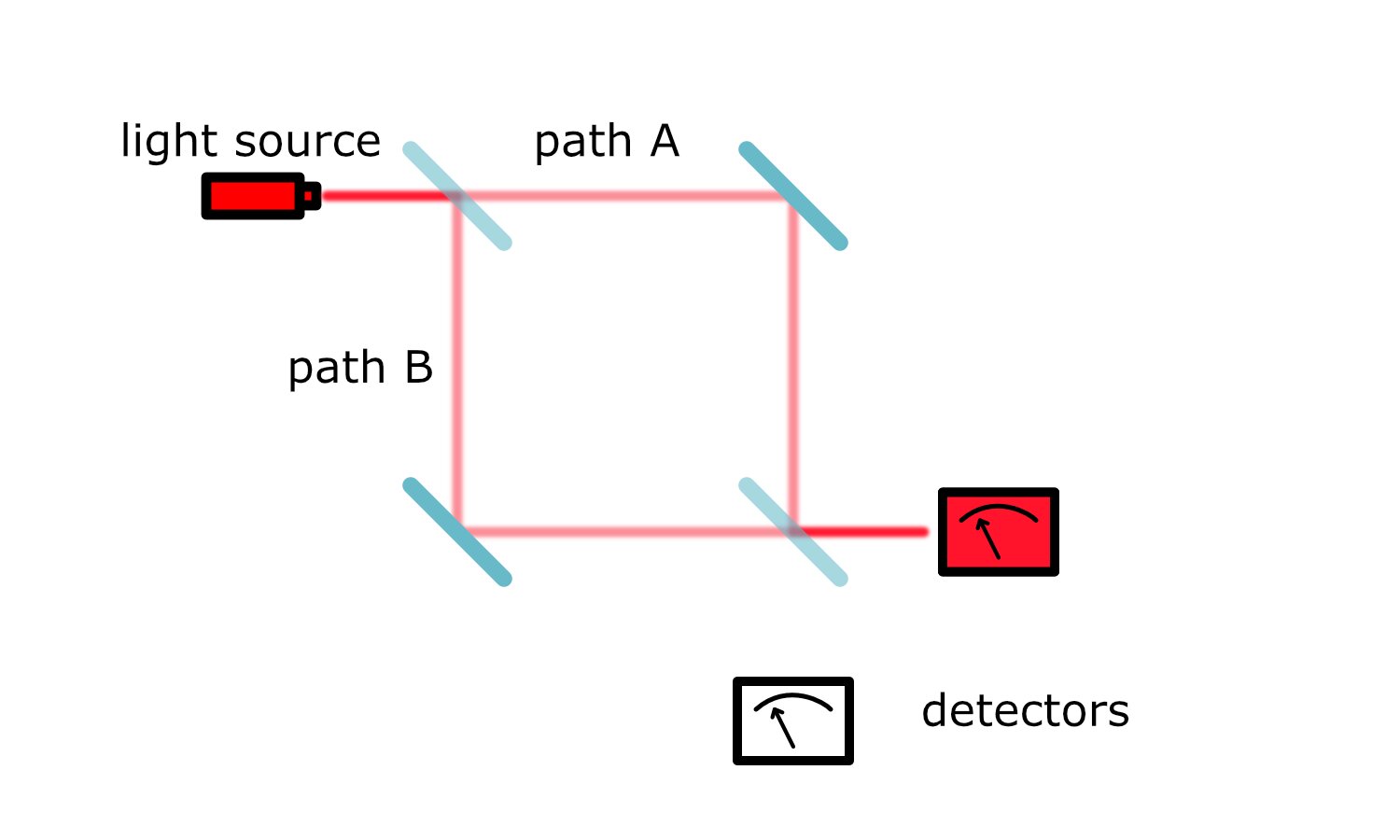
Leiden University physicists simulated an experiment to catch this mysterious moment of superposition collapsing for the Schrödinger’s cat.
The Leiden physicists decided to open the hunt for the collapse from the perspective of an amplifier that is as simple as possible. They started out with photons of microwaves, a form of light, in a superposition. In their setup, the photons take a route A as well as route B.
This superposition can be detected by merging routes A and B again. The particles will interfere with themselves, which means that they will only be detected in one of two exit directions. When there is no superposition, and hence no interference, the particles will exit in both directions. So far, this is standard quantum mechanical fare, proven in many experiments.
The physicists placed a so-called parametrical amplifier in route A and B of their setup. This is a type of amplifier that can be described well quantum mechanically, which is based on a large number of superconducting Josephson junctions.
For this, an ultra-cold temperature of 50 millikelvin is needed, a twentieth of a degree Celsius above the absolute zero temperature of -273,15 degrees Celsius. Such low temperatures are also needed to ensure that the disappearance of interference is not just caused by the heat in the setup.
The idea was to slowly ramp up the amplification, and see what happens to the interference. In their article, the physicists described how the collapse of the wave function would cause a ‘measurable decrease‘ of the interference. So the setup is a way to catch the collapse red-handed.
The paper was a calculation exercise, the setup is now being built. (Phys.org)
The paper has been published in the journal Physics Status Solidi B.
